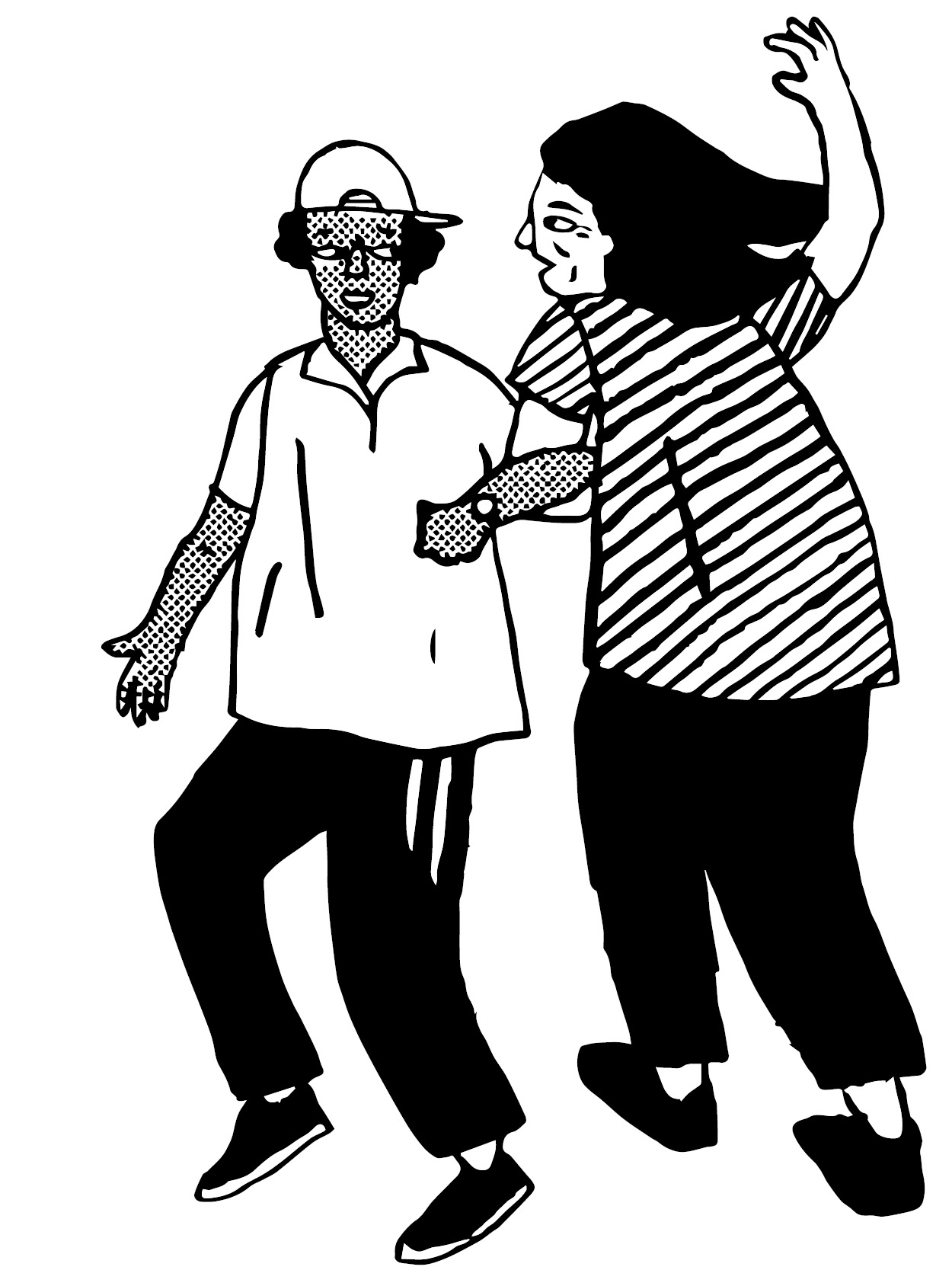Carnival Morris
Where
Northwest England
Context
Carnival morris evolved from the large town carnival movement which developed in the mid-19th century. Some large teams such as Horwich Prize Medal dancers had a number of different branches which included a girls ‘line’. The number of men doing this type of morris declined in the early 20th century, and Carnival morris is now generally considered to be a female form of dance even though membership does not actively exclude male dancers.
Carnival morris used to be a regular feature of large town carnivals which included team competitions. However, since the 1990s the majority of performances have been for competitions alone, these are held in large spaces such as gyms. Carnival morris is danced to recorded music, often re-mixes of popular songs. The dancers move as one large unit with very precise hand and leg positions. Carnival morris dancers do not regularly perform at folk festivals, but instead compete and socialise at a vibrant community level. Often the team is supported or trained by family members who have been morris dancers for several generations.
Historical Costumes
Carnival morris used to be a regular feature of large town carnivals which included team competitions. However, since the 1990s the majority of performances have been for competitions alone, these are held in large spaces such as gyms. Carnival morris is danced to recorded music, often re-mixes of popular songs. The dancers move as one large unit with very precise hand and leg positions. Carnival morris dancers do not regularly perform at folk festivals, but instead compete and socialise at a vibrant community level. Often the team is supported or trained by family members who have been morris dancers for several generations.
Modern Costumes
Today, like the clean white dresses of the historical dancers the kit is well kept, often with pristine white socks, and white plimsolls or pumps. The dancers’ appearance is very important, and even part of the judging criteria for the competitions. Over time, probably helped by increasingly larger competitions, the costumes became standardised. Today, a typical girl’s carnival morris costume is a dress which finishes above the knee, with large full sleeves which are gathered to the wrist. A small group of little bells are attached to the white plimsolls, often by coloured ribbon. The dresses are very decorative, shiny fabrics are often used and often applied in bold patterns to a contrasting background. There is no limit to the patterns or materials used, but the costumes are designed to be eye-catching, attractive, and fun for the dancers to wear. The leader usually wears a contrasting costume.











